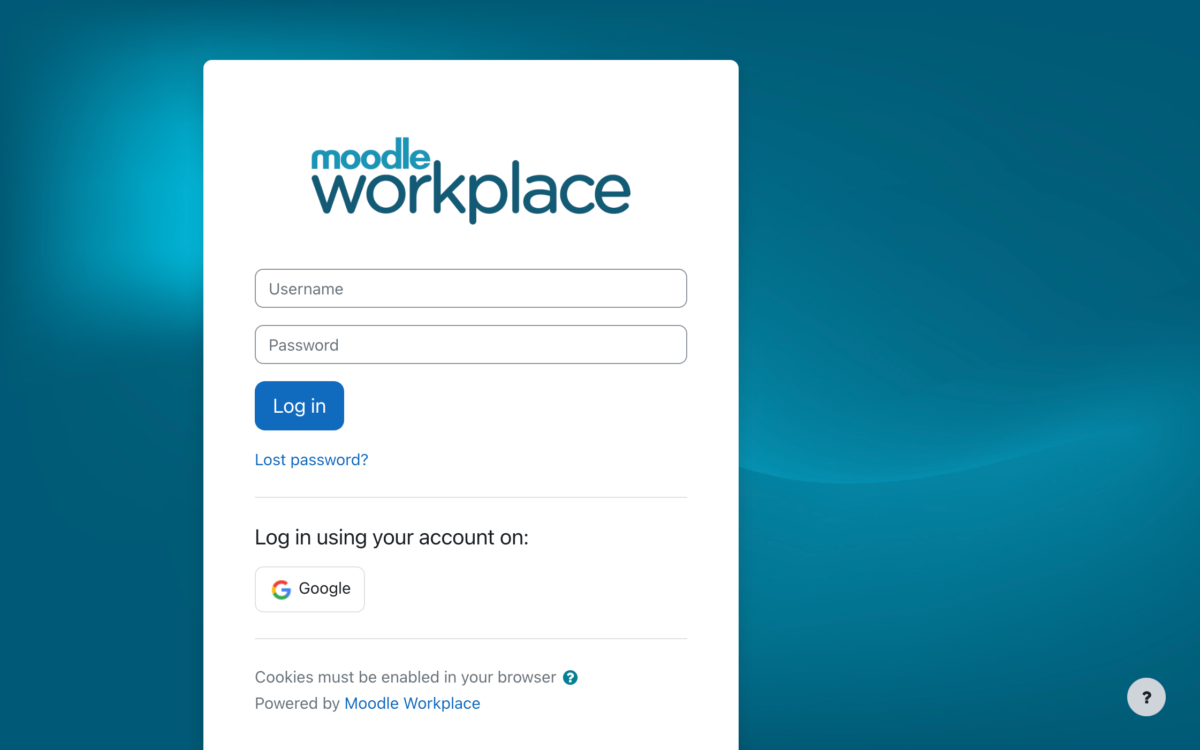The E-Learning industry continues to grow and at the recent International Congress on elearning 2013 several key trends were identified. My Learning Space has covered the majority of these trends throughout the years, so we’ve put together what we think will continue to trend amid the elearning industry and what businesses should consider incorporating into their learning and development strategy.
MOOCs
Massive Open Online Courses have been predominantly associated with universities, but MOOCs continues to trend and businesses are taking notice of the benefits it offers – it’s free and open access. Companies will likely find the advantages of integrating MOOCs into their elearning strategy as it will help with the rising need of providing low-cost, yet quality training.
Cloud-based training
Cloud-based training answers the call for low-cost training by streamlining training with the use of cloud-based technology. Our article on Moodle and Cloud Computing gives you a quick summary on how cloud computing benefits your business. Accessing eLearning training via the cloud means your staff can get on the job training whenever, and where they are ensuring consistency in job performance and the smooth running of your business.
Mobile learning
Our article ‘Why go mobile?’ highlights key benefits of mobile learning and confirms that mlearning continues to be a key player. Authoring tools are making responsive design possible for instructional designers to develop training that works on a number of devices.
Mobile learning opens up avenues for tailoring the learning experience to the user through multiple devices. We already know that digital natives are influencing the way we integrate mobile learning solutions into our business and training. With mobile learning, we will always be able to access learning whenever, wherever, and however we need it.
Storyboarding
Storytelling is a techniques on the rise and is fast becoming the go to tool helping instructional designers author interactive and engaging content. Stories take you on a journey as does elearning takes the learner through an experience. The value of storyboarding is more than just the story, it’s crucial to mapping out learning objectives and branches out into every element of interactivity within the course.
Gamification
We are likely to see a lot more of gamification and its integration not only in learning, but in other areas of the business. Gamification’s appeal in elearning is down to its user experience. Applying game design to learning encourages the learner to adopt desirable behaviours through specific choices they may make throughout the interaction.
Social learning
Social learning is being integrated in elearning systems; social media such as Facebook, Pinterest, and Twitter encourage sharing, ‘favouriting’, ‘pinning’, ‘liking’ – adding this type of interactivity into learning inspires learners to share information, thoughts and ideas. It encourages learning, so we will definitely be seeing more of this.
We will be watching the trends to give you the best tips and hints on how to take on the trends and implement into your learning and development strategy.







